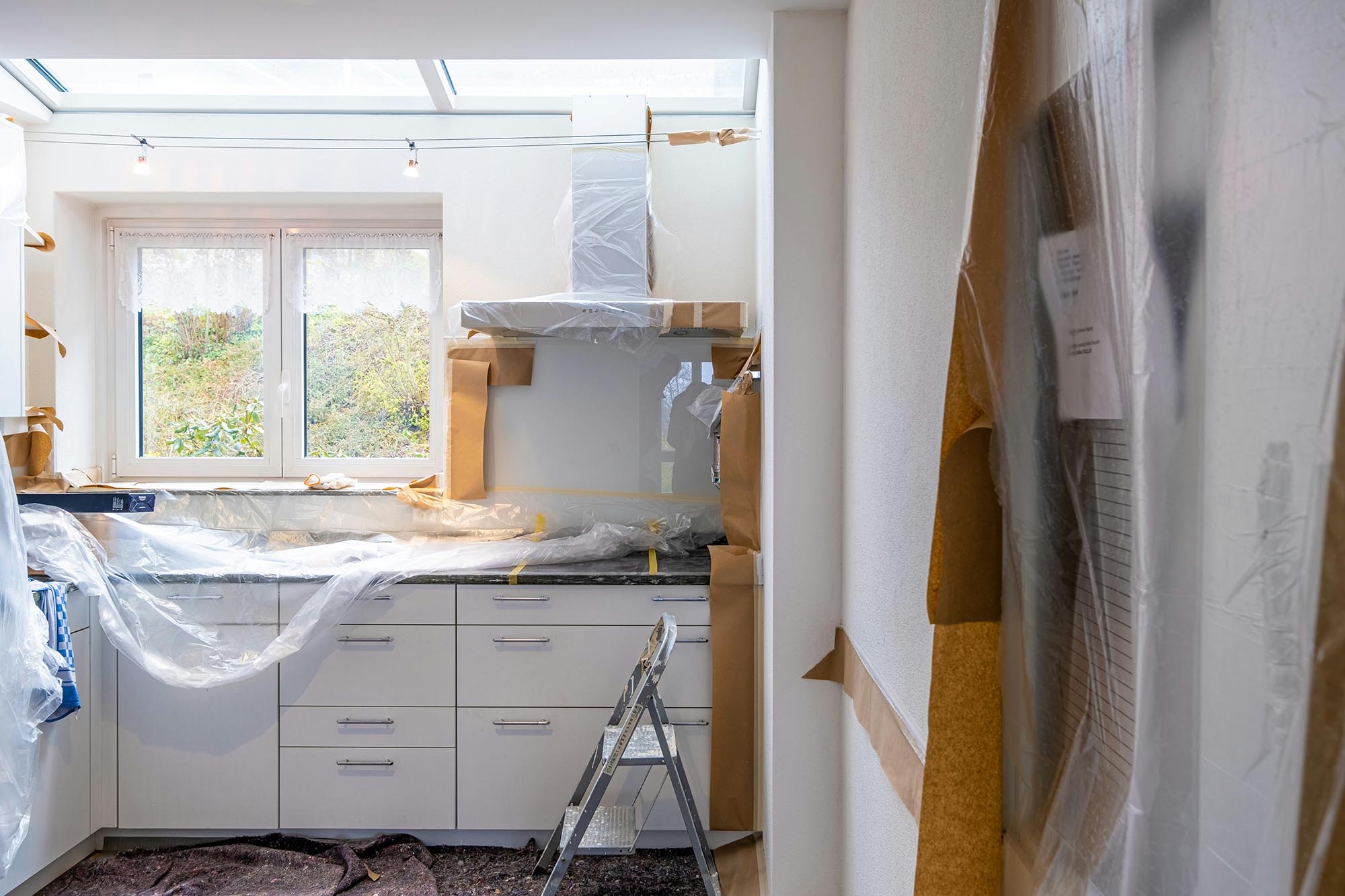How to Hire Reliable Residential Movers: Your Straightforward Guide

Finding a reputable residential moving company can be pivotal in ensuring a smooth transition to a new home. Research is essential when it comes to identifying movers who are reliable and capable of handling one's possessions with care, like professionals who can be found at this link. As opposed to selecting the first available option, homeowners should compare several moving companies, taking into account their pricing, services offered, and customer reviews. This comparative approach not only ensures a competitive rate but also provides insights into the movers' expertise and customer satisfaction levels.
The moving process can be intricate, and the cost can vary greatly depending on factors such as distance, the volume of items, and additional services like packing or storage. Typically, local moves are less expensive compared to interstate relocations, which can be more complex and therefore costlier due to factors like regulations and fuel costs. When planning a move, it's prudent to request detailed quotes from at least three different providers to achieve a clear understanding of the services and costs involved. These quotes should be comprehensive, covering all potential expenses to avoid unexpected charges.
It is also vital for homeowners to verify the credentials of the moving company they are considering. A trustworthy moving company should be fully licensed and insured, offering customers peace of mind that their belongings are protected throughout the moving process. Additionally, checking whether the movers are background-checked can provide an extra layer of security and assurance for a stress-free move.
Understanding Moving Options and Companies
Choosing the right moving option is critical to ensure a smooth transition to your new home. Whether opting for professional movers to handle the logistics or taking a more hands-on DIY approach, understand the specifics of each service type based on the move's distance and complexity.
Differentiating Local and Long-Distance Moves
Local move: Typically defined as relocating within a 50-mile radius, local moves generally require fewer logistics and shorter transport times. Professional local movers can often provide quotes based on hourly rates, with services often including loading, transportation, and unloading.
Long-distance moving: Refers to moves that cross state lines or extend beyond the local move radius. These moves necessitate more careful planning, often resulting in pricing based on the total weight of belongings and the distance traveled. Interstate and long-distance movers are subject to federal regulations, ensuring reliability and accountability.
Evaluating Full-Service Movers vs. DIY Move Options
Full-service packing: This all-inclusive option offers the utmost convenience. Full-service movers are responsible for every aspect of the moving process, from packing and loading to transportation and unloading. They provide materials, pack meticulously, and ensure safe transit, making them an ideal choice for those seeking a hassle-free move.
DIY move: For those looking to cut costs, a DIY move allows for greater control over the process. This approach often involves renting a truck or container and handling all packing, loading, and driving independently. While this can be more budget-friendly, it requires significant effort and coordination.
|
Moving Option |
Control Level |
Cost Impact |
Effort Required |
|---|---|---|---|
|
Full-Service |
Low |
Higher |
Minimal |
|
DIY Move |
High |
Lower |
Substantial |
In summary, a person's choice between different moving options should align with their budget, time constraints, and personal preference for involvement in the move.
Preparing for the Move
When it comes to moving, careful preparation paves the way for a smoother transition. Ensuring you have a detailed inventory and a strategic packing plan in place are crucial steps in the moving process.
Creating an Inventory of Possessions
Creating a comprehensive inventory of possessions should be one of the first steps they take when preparing for a move. This list serves as a critical tool for both the homeowners and the moving company—it helps to estimate the size and weight of the move, and it is invaluable in determining insurance coverage needs.
- Start by categorizing items: Go room by room and list all belongings, noting any items of particular value.
- Use technology: Utilize apps or digital spreadsheets to keep track organized and easily shareable with movers.
- Photographs: Take photos or videos of valuable items to have an accurate record for insurance purposes.
By diligently cataloging all possessions, homeowners gain a clear understanding of what will be moved and can verify that everything arrives at the new location.
Packing and Organizing Your Items
Packing can be one of the most time-consuming parts of moving, but with a strategic approach, it can be managed efficiently:
- Gather Supplies: Ensure plenty of boxes, packing tape, protective wrap, and markers are on hand.
- Declutter: Before packing, decluttering can significantly reduce the load, saving on moving costs and space.
- Systematic Packing: Pack items from least used to most used, and group items by room to simplify unpacking.
- Labeling: Clearly label each box with its contents and intended room in the new home.
Those who prefer to avoid this process might consider hiring professional packing services, which can ensure items are safely packed, using the appropriate materials and techniques. This service can be especially valuable for fragile or high-value items, providing added peace of mind through additional insurance options.
Selecting the Right Mover
Selecting the right moving company requires diligent research and an understanding of the key elements that contribute to a credible and reliable service. Potential customers should focus on a company's licensing status, insurance options, and be alert to possible red flags.
Researching and Comparing Moving Companies
When beginning the search for a reputable moving company, customers should gather quotes from multiple providers to compare costs and services. It's essential to check each company's credentials and reviews. Tools like the Better Business Bureau (BBB) can be valuable for assessing a mover's business practices and reputation. Additionally, customers should inquire about the levels of moving insurance options offered by the company to protect their belongings.
- Checklist for Comparing Companies:
- Obtain multiple quotes for cost comparison.
- Consult the Better Business Bureau for company ratings.
- Read customer reviews to gauge service quality.
- Verify company's insurance coverage and options.
Understanding Licensing and Insurance
Every legitimate moving company should have an active license and offer various insurance options. A DOT number, which is issued by the Department of Transportation, is a vital piece of information that customers can use to verify a company's legitimacy. Additionally, customers should ensure that the company has sufficient insurance to cover potential damages or losses during the move.
- Key Elements of Licensing and Insurance:
- The mover should have a valid DOT number.
- Verify the company's license through official channels.
- Understand the different insurance options available.
Identifying Red Flags to Avoid Scams
Recognizing signs of a possible scam is crucial in the selection process. Some common red flags include moving companies that ask for a large deposit before the move or lack a physical address. It is advised to be wary of movers who provide unusually low estimates or fail to offer a detailed contract. A background check into the company's history and adherence to industry standards can help in identifying these red flags.
- Common Red Flags:
- Requests for large deposits upfront.
- Lack of a physical address or business location.
- Quotes that are significantly lower than competitors'.
- Absence of a detailed contract or service agreement.
Finalizing the Move
Finalizing the move is a critical phase where one solidifies the agreement with the movers, ensuring a clear understanding of the costs and services. It involves securing a moving quote, reviewing contracts carefully, and addressing any special considerations pertaining to the belongings being moved.
Securing a Moving Quote and Reviewing Contracts
When obtaining a moving quote, individuals should insist on a detailed inventory list that thoroughly accounts for all items to be moved. This list assists movers in providing an accurate estimate of costs based on the bulk and weight of belongings, including heavy furniture that may require special handling or disassembly. Reviewing the contract is paramount; one must ensure it encompasses all previously discussed terms, including pricing, delivery timelines, and the handling of any possible complaints. It's recommended to scrutinize for:
- Services Provided: Packing, loading, transport, unloading, and furniture assembly.
- Deposit: Clear terms about the deposit amount and refund policies.
- Complaints Handling: Procedures for addressing and resolving any issues that might arise.
Potential movers should check online reviews as part of their due diligence to vet the moving company's reputation for reliability and customer service.
Addressing Special Considerations and Items
Specialty items—those that are particularly fragile, valuable, or cumbersome—demand additional attention. One should confirm with the movers that they have the expertise and equipment necessary for secure transport. This section of the contract may include items like:
- Pianos
- Artwork
- Antiques
- Large appliances
If necessary, clients might need to purchase additional insurance for high-value items, and any requirement for furniture assembly or heavy lifting should be clearly stated in the contract. It’s important for customers to communicate their needs explicitly to avoid any misunderstandings on moving day.









